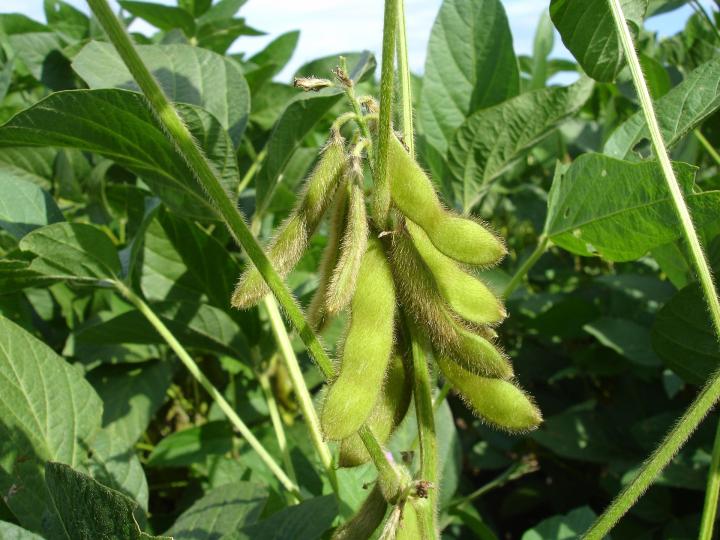
Also receive the Almanac Daily newsletter including gardening tips, weather, astronomical events, and more.
How to Plant, Grow, and Care for Edamame (Soybeans)
Cooking Notes
How to Eat Edamame
Boil the pods in salted water, about five to six minutes until tender.
Or, steam your edamame by placing an inch of water in a pot and bring it to a boil. Place the edamame in a steam basket or colander and cover the pot for five to ten minutes. Then salt as desired.
Once cooled enough, raise the edamame pod to your lips, squeeze the bean out of its salted pod, and pop it directly into the mouth!
Enjoy as a healthy snack. Or, add shelled edamame to salads, rice, pasta, and other dishes; it adds flavor, a bright green color, and low-fat protein.
ADVERTISEMENT
Just curious: aren't edamame plants the same thing as soybean plants?
Good question, Connie! Edamame is the name given to the young pods of the soybean plant.
Are the varieties mentioned in this article GMO?
Hi RS, When it comes to any crop variety, it depends. Your best bet is to look for the “USDA ORGANIC” label on seed packets assures gardeners the seeds were grown without the use of synthetic fertilizers and pesticides or genetically engineered seeds and materials.










